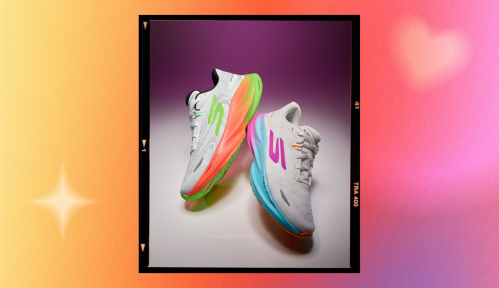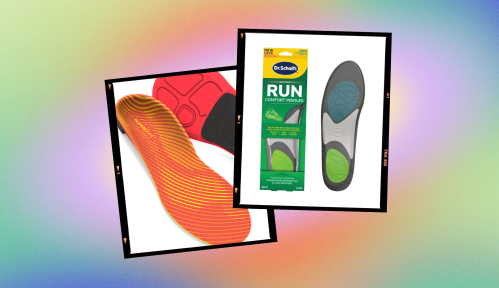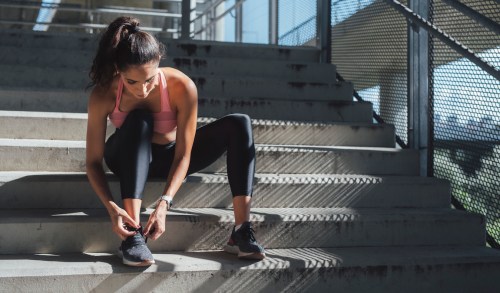Have Flat Feet? Here’s a Shoe For Every Activity, Hand Picked by Podiatrists
If you have flat feet, chances are you're going to need a different kind of shoe to feel comfortable. These are the best shoes for flat feet.
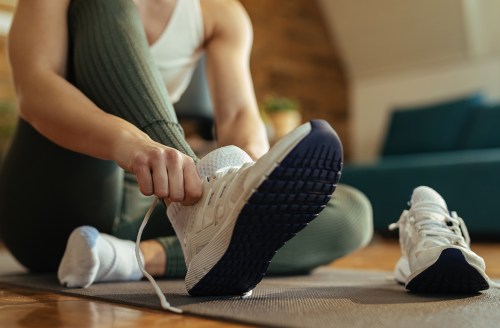
If you have flat feet, you know that it can sometimes be difficult to find shoes that fit just right, but a podiatrist is here to tell you that with a little know-how, you can remedy the sitch. “Flat feet are not a pathology, but just a type of foot,” says Rob Conenello, DPM, FACFAS, FAAPSM, a New York City-based sports podiatrist. In fact, “they can be very strong and powerful feet.”
Experts in This Article
board-certified podiatrist at Footsteps in Louisiana
board-certified podiatrist and founder of Step Up Footcare in New York City
As Dr. Conenello notes, flat feet aren’t necessarily a “condition” in the sense that they need to be fixed. Referred to as pes planus, this is “a foot type that demonstrates small-to-no arch, a wide foot base, and an inward angled heel,” says board-certified podiatrist Nelya Lobkova, DPM at Step Up Surgical Podiatry.
“Flat arches [are] commonly seen in adults and children,” says podiatrist Christopher Formanek, DPM in Baton Rouge, Louisiana. “It is most commonly hereditary, but it can [also] be acquired with time, in conjunction with all the cumulative ground reactive forces exerted on the feet with walking, [as well as] certain medical conditions.”
Additionally, you can appear to have an arch when sitting, but it can flatten out when you stand up. “Sometimes, the foot may appear to have an arch, but it collapses upon standing or walking,” says Dr. Lobkova. “This is known as ‘flexible flat foot’.
If you’ve always had flat feet, cool! (And also, same here.) If this is something new, you may want to see a podiatrist. Dr. Formanek says that ‘acquired adult flatfoot syndrome’ is something that “may present as pain, arch fatigue, swelling,” as well as decreased strength and a change to your gait. Your podiatrist can run tests and take X-rays and MRIs to sort things out for you.
What kind of shoes do flat feet need?
“People with flat feet often find it difficult to find shoes that are wide enough and yet supportive and stable,” says Dr. Lobkova. “A flat foot type requires the shoe to be wide enough at the ball of the foot and supportive in the midsole or arch of the foot to limit the collapse of the arch.”
Dr. Formanek agrees. “Flat-arched feet require adequate supportive shoe gear to stabilize the foot. This can best be accomplished with motion-control or stability shoes.” Look for a rigid heel counter (the ‘cup’ at the back of the shoe’s heel), and a rigid shank (the bottom center of the sole that runs from heel to toe), he says.
Dr. Conenello’s advice is a little different, as he says it’s important to get a personal recommendation from your podiatrist. The gist? Less is more. “I suggest the least amount of shoe that is comfortable for [my patients],” he says. “If the patient is comfortable, then they will be more metabolically efficient.”
“As with any shoe, it is also most important to try it on first,” says Dr. Formanek. “Generally, with a good supportive shoe, you can determine the benefits with immediacy.”
What about orthotics?
Can you make your shoes work better for your feet with some new insoles? Many of the experts say yes. “Orthotics or insoles are the only devices that place the foot in neutral by providing the correct tilt in the heel as well as arch support,” says Dr. Lobkova. “Insoles, if used correctly, can provide the support needed for multiple activities and performance levels without problems.”
Opt for custom, if you can. Over the counter ones may “provide limited support compared to custom orthotics,” she says. “I wear custom orthotics with HOKA sneakers for walking and running.”
Dr. Formanek agrees. “A custom orthotic that makes the heels function in a vertical or even an inverted position in conjunction with a motion control shoe is ideal.”
What are the best shoes for people with flat feet?
“For patients with flat feet, I recommend stability running and walking shoes,” says Dr. Lobkova (fortunately, many shoe companies use ‘stability’ in their product descriptions, making them easier to find). “These shoes are for people who pronate for longer than they should be during the normal walking cycle, which are those with flat feet.
Stability shoes offer midfoot stability and support. The midfoot stability helps with normal toe-off gait which is compromised with flat foot biomechanics. An easy way to test if a shoe is a stability shoe is to attempt to bend it at the midpoint. The more difficult it is to do so the more stable the midsole, and thus the more stable the shoe. Most running sneaker brands have a stability category.”
However, when it comes to strength training or cross training, the rules are a bit different. “For cross training activities for patients with flat feet, I recommend shoes with a wide toe box, mild midfoot stability, and good traction in the outsole,” says Dr. Lobkova. “The wide toe box minimizes the risk of developing nerve compression in the forefoot, which can occur with narrow or tight-fitted shoes. The midfoot stability helps with normal toe-off gait which is compromised with flat foot biomechanics. Adequate traction in the outsole makes for a great outdoor training shoe but also helps maintain muscle control during lateral movement.”
For walking
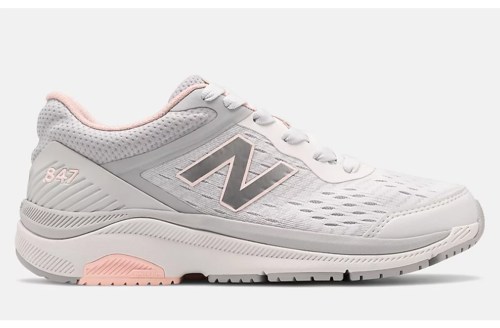
New Balance 847v4 — $135.00
For running
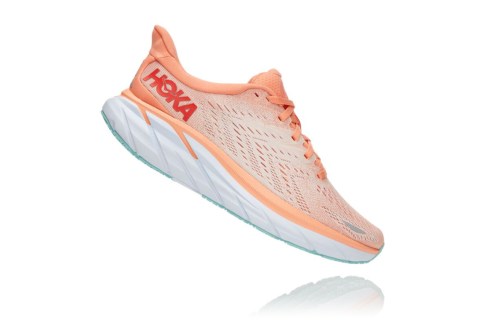
HOKA Clifton 8 — $140.00
For cross-training

Altra Lone Peak 5 — $130.00
For recovery
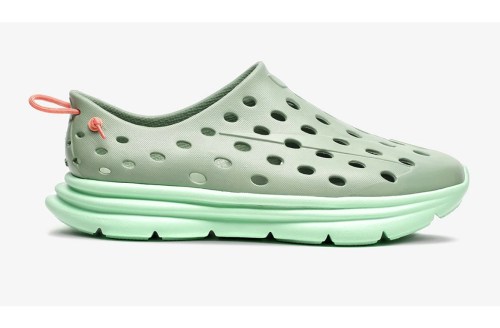
Kane Revive — $70.00
For everyday wear
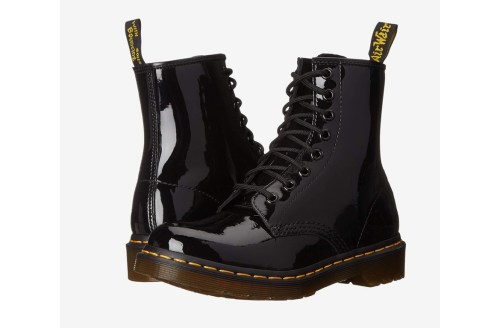
Dr. Martens — $140.00
Oh hi! You look like someone who loves free workouts, discounts for cutting-edge wellness brands, and exclusive Well+Good content. Sign up for Well+, our online community of wellness insiders, and unlock your rewards instantly.
Sign up for the Well+Good SHOP Newsletter
Get exclusive deals on wellness, beauty, fitness, and food products that have been hand-picked by our editors.
Got it, you've been added to our email list.

